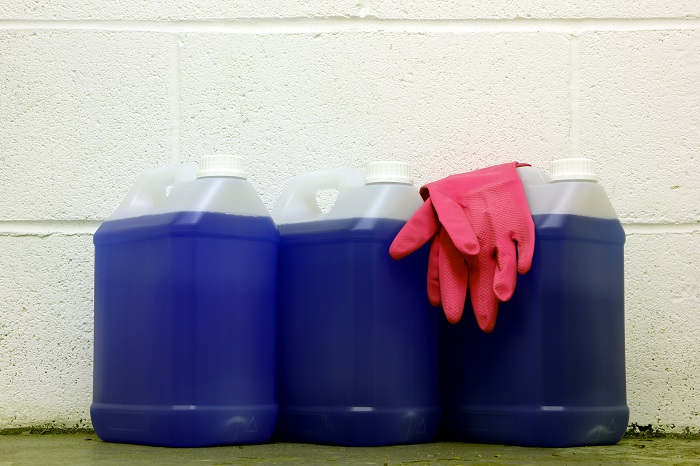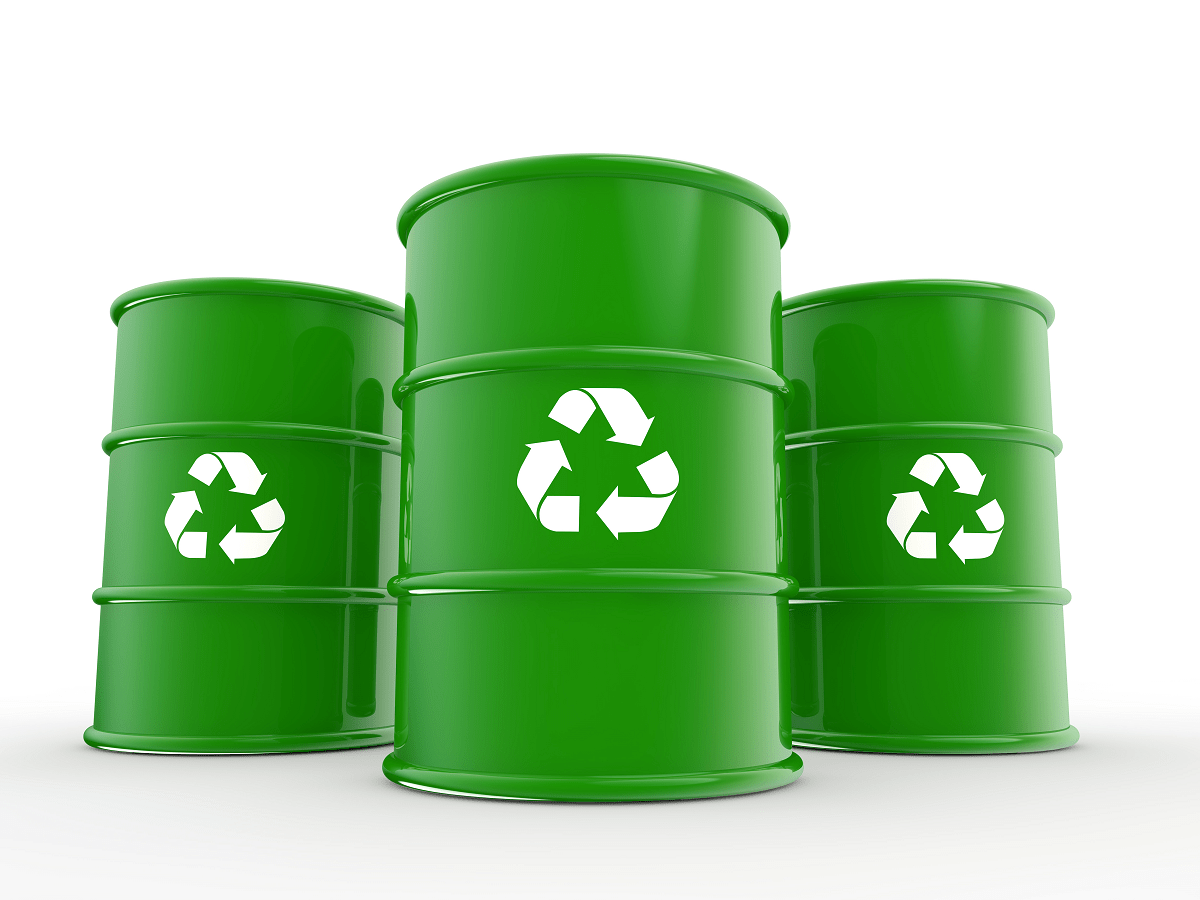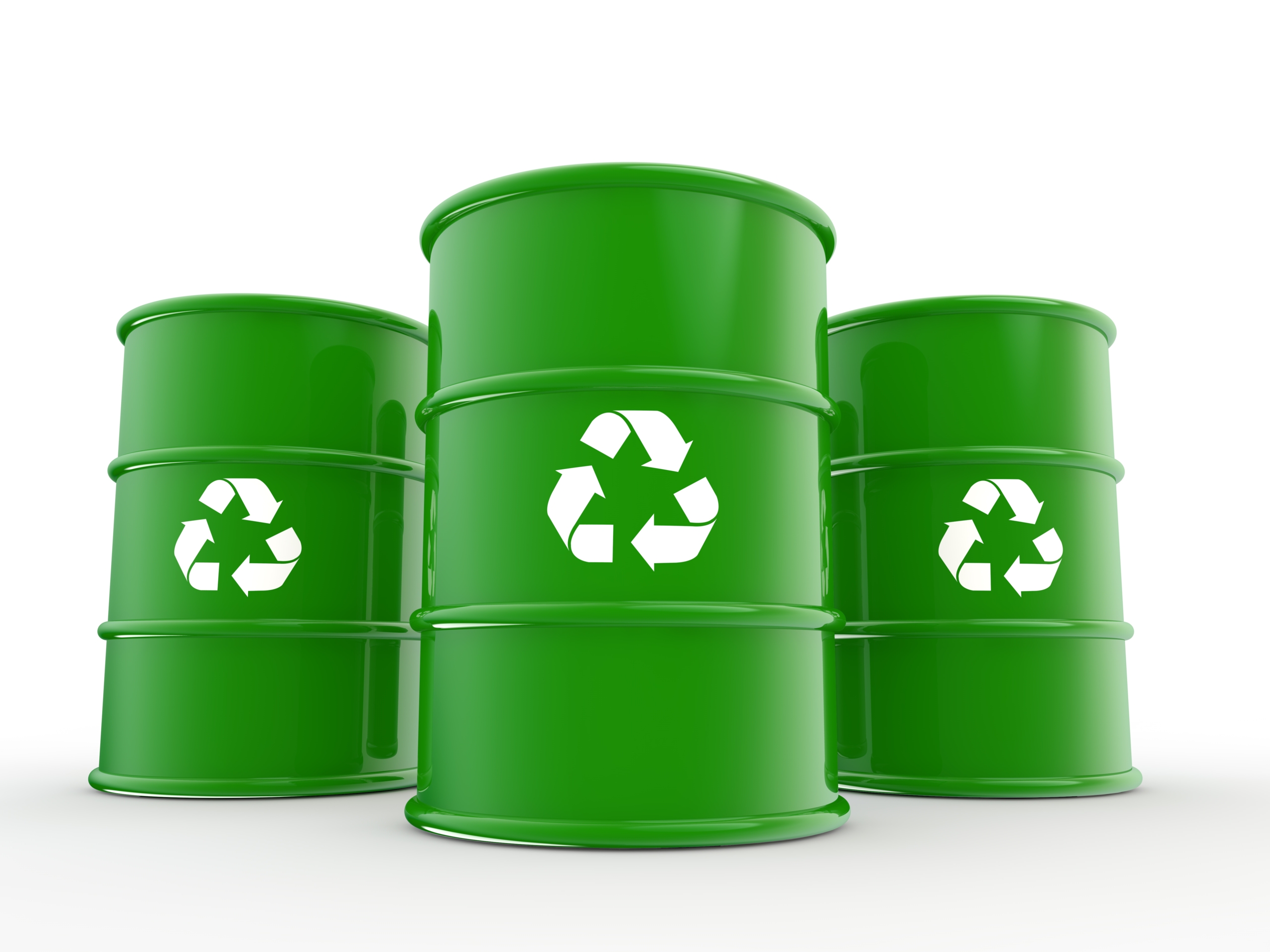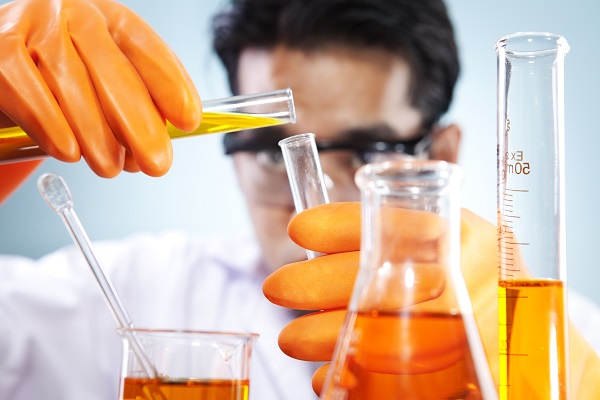Interested in a New Industrial Kitchen Cleaning Solution? If so, check out Tidal Oven & Grill Cleaner. This alkaline solution, whose main...
Blog


CHEMICAL INDUSTRY NEWS
Chemical Chat – Discover What’s New!
Video Jet Printers Uses And Applications
What are Video Jet Printers? In the printing world, there are so many emerging technologies ones we’ve used before, and many that are breaking...
What is 90 White Oil?
To begin, we should discuss the overall view of white oil in general. When people normally think of oils what do they think about? Fuel oil, motor...
Ecolink A USA Chemical Supplier
In the current state of the world, it seems that more businesses, companies and individual peoples are looking to...
Video Jet Printers Uses And Applications
What are Video Jet Printers? In the printing world, there are so many emerging technologies ones we’ve used before,...
Company News

Managed Services
Discover the Latest in Safe and Sustainable Chemical Solutions
Stay informed with Ecolink’s blog! Subscribe now
Chemical Management Information
Stay updated with us
Sign Up for the Latest Updates
Stay informed about chemical supply chain disruptions and emerging innovations to keep your business at the forefront of efficiency and innovation. Uncover new ways to make your business practices more sustainable by incorporating safer products into your cleaning lineup.


























